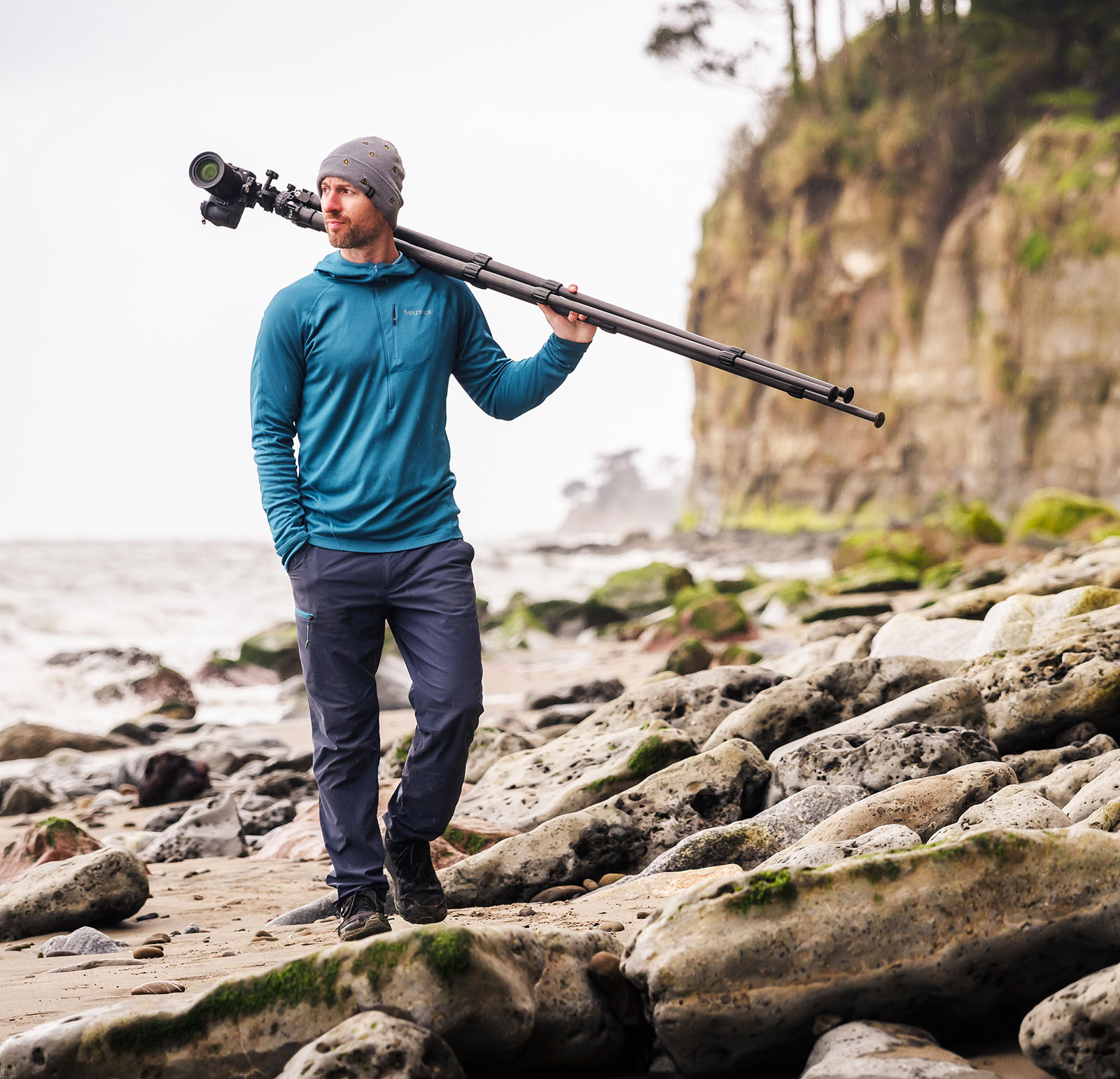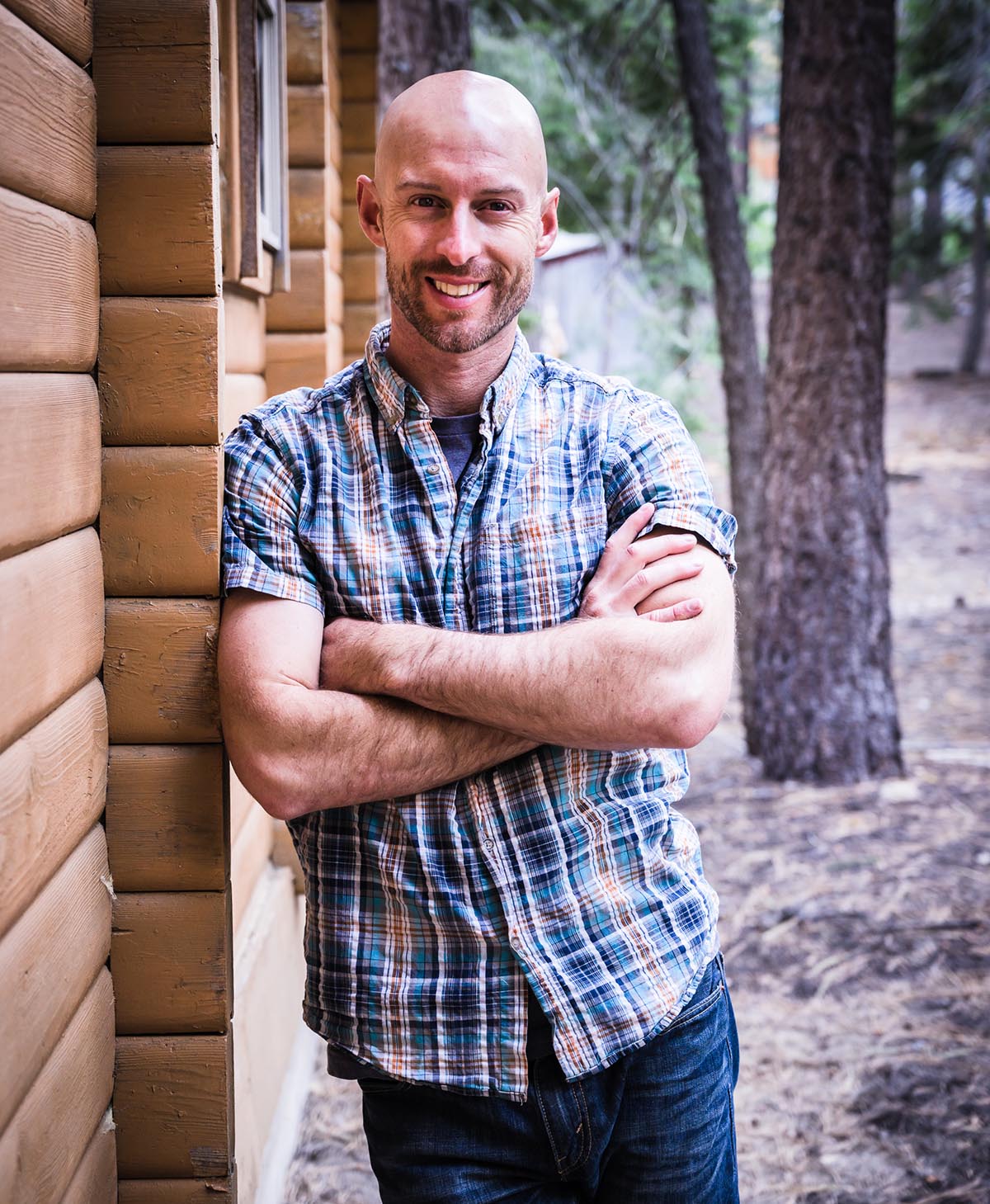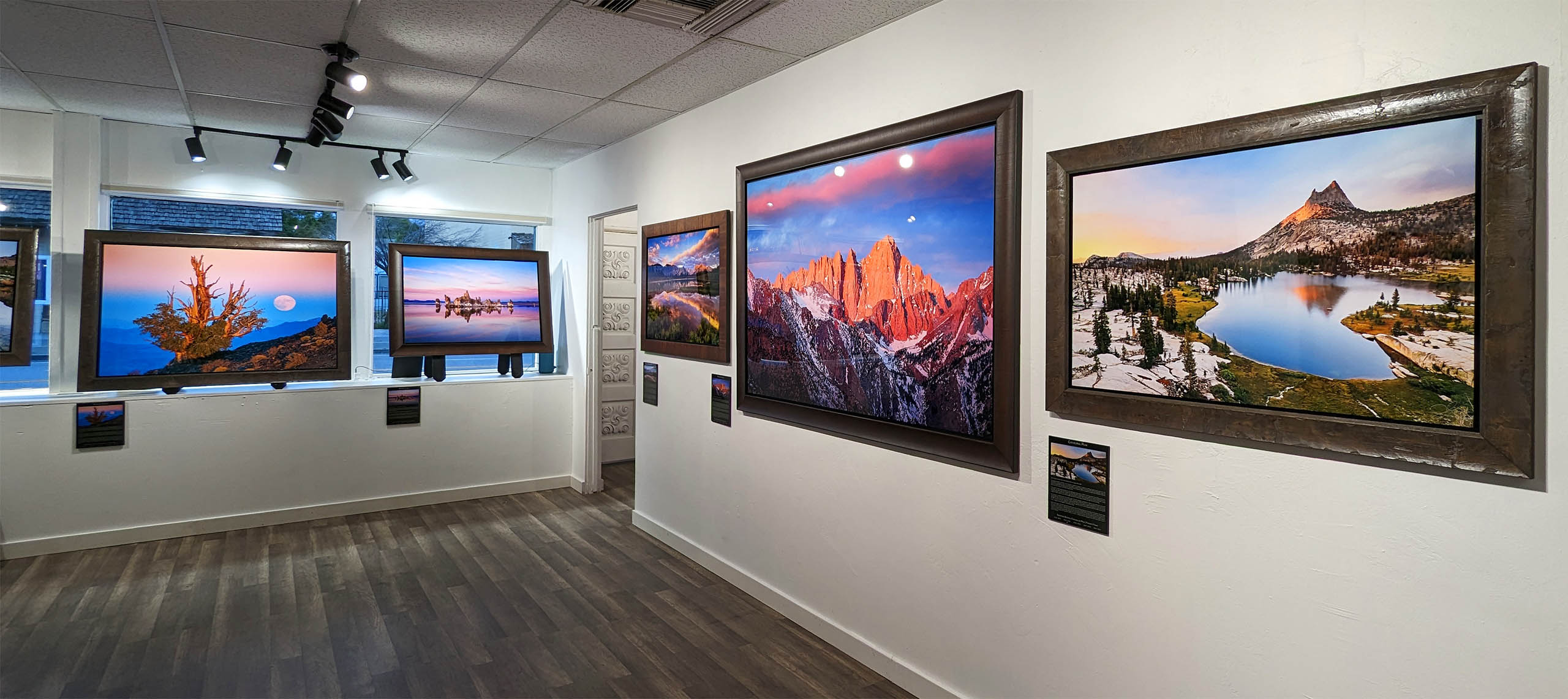Unbelievable. I just recorded this whole video and it wasn’t actually recording at all. All right, here we go again. What’s up everybody. It’s Josh Cripps here with another video.
Sick sky bro! Capitol color chap. Whoa it’s sick conditions bra. Well, thanks guys. I appreciate that a lot. I can’t tell you how amazing it felt to stand in those spectacular locations and watch those epic conditions unfold over those marvelous landscapes. And the reason I can’t tell you that is because, well, those were all fake photos.
Photoshop has always been a hot button issue within the world of landscape photography. And if you haven’t heard it’s back in the blogosphere recently, because the latest version of Photoshop allows you to take a totally bookie and lame and stupid photo like this and make it super briefly awesome. And fantastic like this with the single click of a button to replace the sky entirely now, sky replacement itself is nothing new. If you’ve had the skills you’ve been able to do this for years and years. In fact, I even have tutorials about how to do it on this particular channel, but it’s always required a little bit of manual labor. Well, a couple of years ago, Luminar came along and they made it a really cool, just single click push button affair, which started the ball rolling. But now single click of a button, sky replacement is available in Photoshop, which means it’s now in reach of thousands and thousands of additional photographers.
And so the discussions regarding the ethics of doing sky replacements have started up again. And I want to throw my 2 cents into the ring to mix a couple of metaphors before we start. I want to say that when I’m talking about sky replacement, I’m not talking about exposure, blending. I’m not talking about blending, a foreground shot with a Milky way shot or anything else that you do to overcome the technical limitations of your camera. I’m talking about when you take a scene like this and you replace the sky with a completely different sky that took place in a different location at a different time. All right. So now that that’s out of the way, let me get to the point and I’ll be blunt about it. I personally believe that sky replacement has no place within the world of landscape photography, and I will never do it in my own work.
Now, if that makes me a curmudgeon, so be it. But here’s why I believe this. First of all, in my opinion, sky swapping weakens the art of landscape photography as a whole, but more importantly, it also robs you the photographer. One of the most meaningful parts of doing what we do, which is experiencing those moments of profound beauty in nature. Now, listen, if you do skier placements, I don’t think you’re a bad person and I’m not going to stop you. It’s not like you’re recruiting child soldiers or something. We’re just saying for me, I’m never going to do it even though look, I totally understand the temptation to do so. I mean, I can’t tell you how many times I’ve been out shooting when the conditions have been almost spectacular.
Or when I’ve gone to a place that I know I’m never going to go back and maybe this sky just didn’t quite live up to my hopes, or maybe even when I’ve gone out and captured a pretty decent photo, but if the color, it just stretched a little bit farther across the frame, you know, if any of those things had happened, well, the photo would’ve come out so much better. So what’s the harm and using a little digital magic to make it better. I mean, after all a Fetter sky makes the viewer more visually and emotionally engaged with the photo and it gives the photo more impact. So it doesn’t all of this actually make it a better photo. Well, I might accept that if I believe that a photo was just simply and superficially pixels on a screen or ink on a page, but it’s not a photo for me is a representation of an actual moment that I’ve had in nature.
And what makes a landscape photo special? It’s not just aesthetics. In fact, aesthetics are a small part of what makes it special rather it’s the fact that it represents this real moment in time, where there was this confluence of subject and light and composition and camera technique and conditions. And all of this came together and you, the photographer were there and you were able to capture the magic of that experience. Now take a look at this. Here’s a moment of beauty, which to me is so much more powerful because this is actually what I saw when I was standing on that beach. And this is what gives a good landscape photo impact. The fact that it captures the magic of a real moment and makes a statement about the beauty of the planet that we live on, not the beauty of the planet that you wish you lived on.
So if the power of a photo comes from the fact that it is a representation of reality, how can your photo have any impact at all? If you manufacture the reality behind it, by pasting in a totally different sky. Yes, sometimes it becomes more aesthetic, but again, if it’s just about aesthetics, why not also blow up the size of the moon or add a second moon or a rainbow or a giraffe or wolves howling at a unicorn. I mean, this kind of photo might have a lot of visual impact, but for me it’s completely superficial and meaningless. So that’s one of the reasons that I will never a sky in my own photography. I want to represent those actual experiences I’ve had, but even more important than that, if you start swapping out your skies, you are cheating yourself out of one of the most important parts of photography, which is experiencing those moments of unique beauty, because those perfect moments they’re rare and they should be right, because that’s what makes some special.
When every image you create is Epic. It diminishes the actual experiences that truly are the power of this photo. For me, stems, from the experience of watching those actual clouds below and blossom over those actual mountains and reflect in this actual Tarn, it was an experience of profound beauty and joy. One that I wouldn’t want to diminish by having created it digitally. Replacing the sky also cheats you out of the satisfaction of capturing those rare moments, right? Creating a successful landscape. Photograph requires there’s discipline, persistence, perseverance, dedication, hard work, sweat planning, patience, creativity, a good eye and technical skill. Just to name a few things. When you let yourself off the hook from developing those qualities, you’re not really earning the photos that you create. To me, it’s a hollow victory to create a spectacular photo with a sky replacement. It’s like running a marathon, except I took an Uber for the second half of the race.
I mean, did I earn that ribbon? In my opinion, it’s a big fat note. I would much rather know that when mother nature showed me something special, I too was able to bring my best to capture that magic moment. And if that means I have to shoot hundreds because of mediocre photos in order to get one really, truly incredible one, you know, that’s a price that I personally am willing to pay. Here’s a scene from the Santa Cruz coast. One of the most breathtaking sunsets that I have seen, sure. I could have just gone down to this beach any evening, shot the yard, shot the waves and pasted in a sky later, but I got so much more satisfaction out of looking at the weather forecast, chasing the conditions, knowing the locations, knowing how to use my camera, to capture the right exposure, the right sensibilities, the artistic sense of what I wanted to happen with the motion and the waves.
All of those things came together in alignment. And that’s where the satisfaction of this image comes from. For me, not simply clicking a couple of buttons to make a pretty picture. All right, now I’m going to pump the brakes a little bit because aren’t all photographs, a distortion of the truth. I mean, no photo is truly real, right. So what about things like using a Whiting lens to exaggerate the foreground or make a mountain peak look bigger by putting it near the edge of the frame? Or what about long exposures? I mean, you can’t actually experience a long exposure, so isn’t that faking it, or if you’re talking specifically about post-processing, what about things like contrast and saturation if replacing the sky in post is simply changing some pixels around, well, isn’t adding contrast and saturation also changing pixels around and fundamentally changing the image.
So is that also faking the moment now these are great questions and they’re ones that I encourage everybody out there watching us to explore for yourselves. For me again, what it comes down to is that I want my photos to be a representation of the actual experience that I had when I was out in the field. I want my viewers to feel what I was feeling to experience what I was experiencing and to see the most important things that I was seeing. I want them to say things like Holy cow, those clouds look so dramatic. Yeah. Because they actually work or wow. The wind looks like it was really ripping by overhead. Yeah. Because it was howling or, Oh my gosh, that waterfall looks so peaceful. Well, because it really was, or, Oh my gosh, that melted. It looks huge. Yes. Because it actually was that what I experienced and you’re getting that the point is coming across in the book photograph.
So if a long exposure or a little extra contrast or a little wider angle, distortion helps me convey what I’m actually experiencing in the field. Then for me, it’s all gravy. But when the essence of the photo is manufactured and it no longer represents my experience, then that’s where I draw the line. And that’s why I will never do sky replacement in my landscape photography. So what do you guys think? Does sky replacement weaken the art of landscape photography and cheat you out of some of the most profound experiences with nature? Or do I just sound like an old fart from the dark ages? Let me know down in the comments, that’s going to do it for this one. This is Josh grips, signing off. Thanks as always for watching. And I’ll catch you guys in another video soon! Until next time, man. Have fun and happy shooting.


Joshua Cripps is a renowned landscape photographer who has garnered worldwide acclaim for his breathtaking images of our planet’s wild places. His photos have been published by the likes of National Geographic, NASA, CNN, BBC, and Nikon Global.

The Mt. Whitney Gallery was founded in 2023 by Joshua Cripps as a way to share his passion stunning landscapes of the Sierra Nevada and beyond.
Set at the foot of the breathtaking Sierra with a view of the range’s highest peaks, the gallery features large format, museum-caliber fine art prints of Josh’s signature photographs.
Course Login | Results Disclaimer | Terms and Conditions | Privacy Policy
© Copyright – Joshua Cripps Photography
